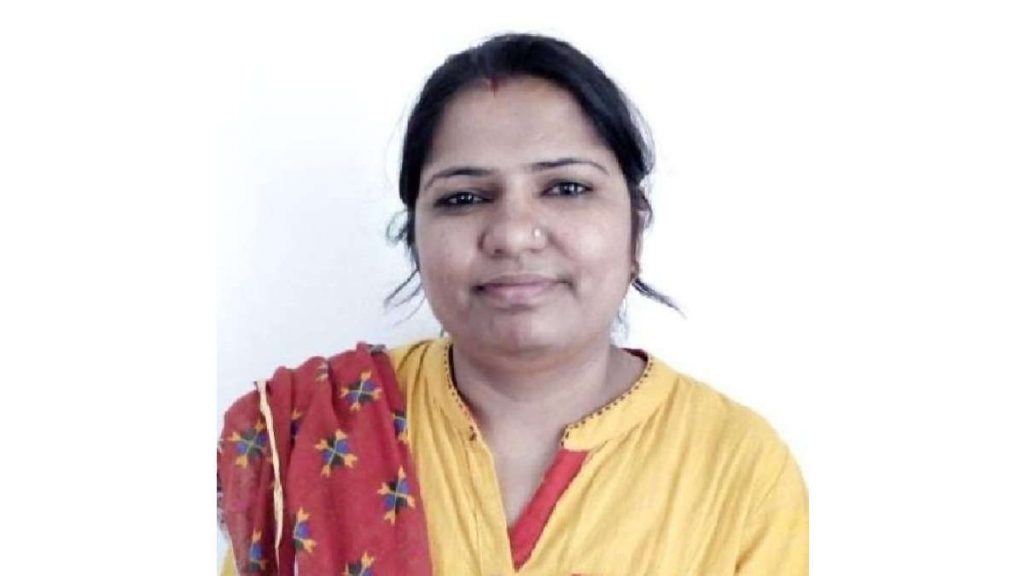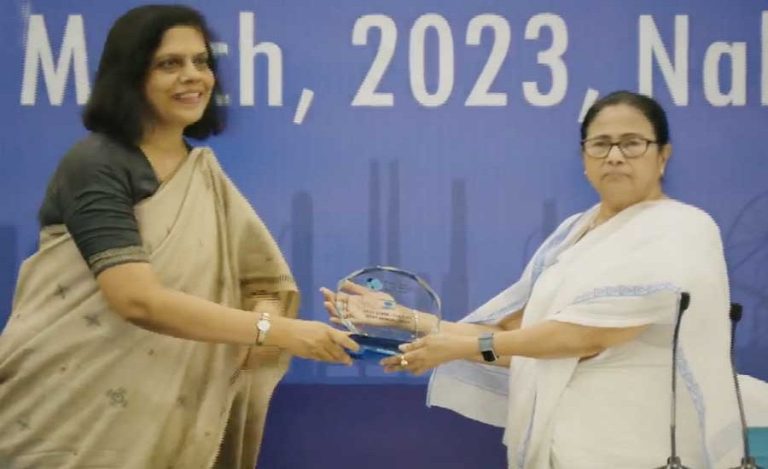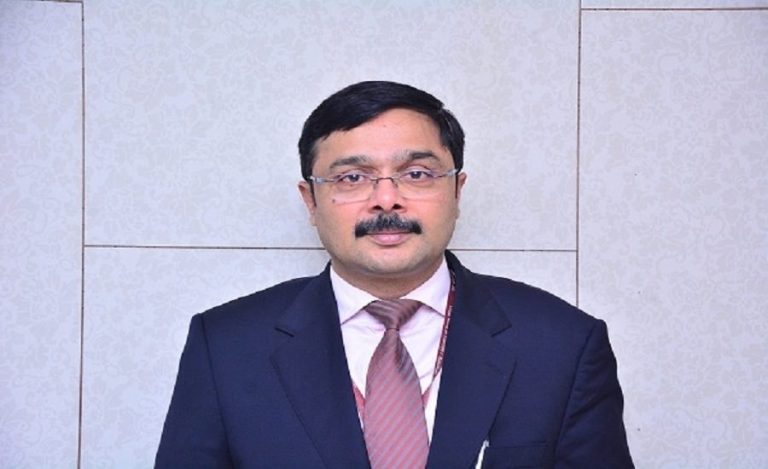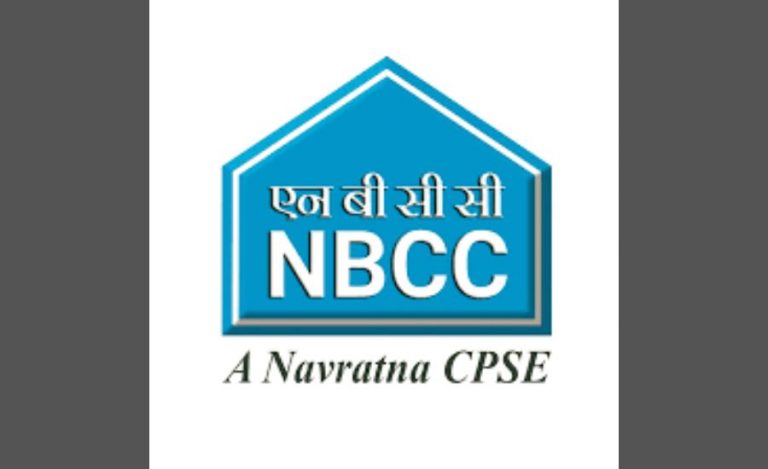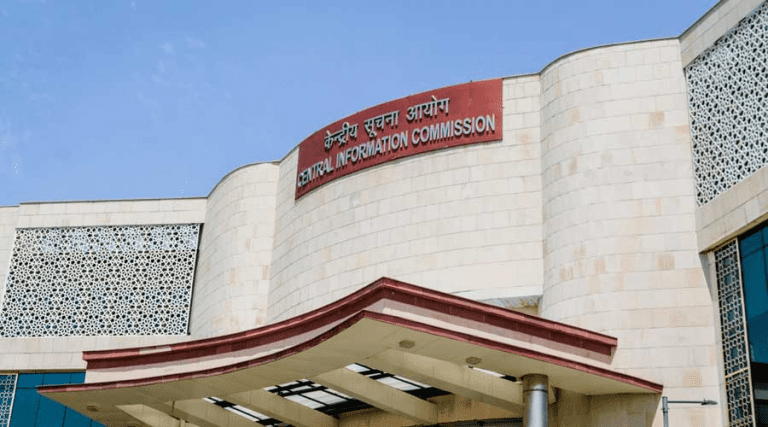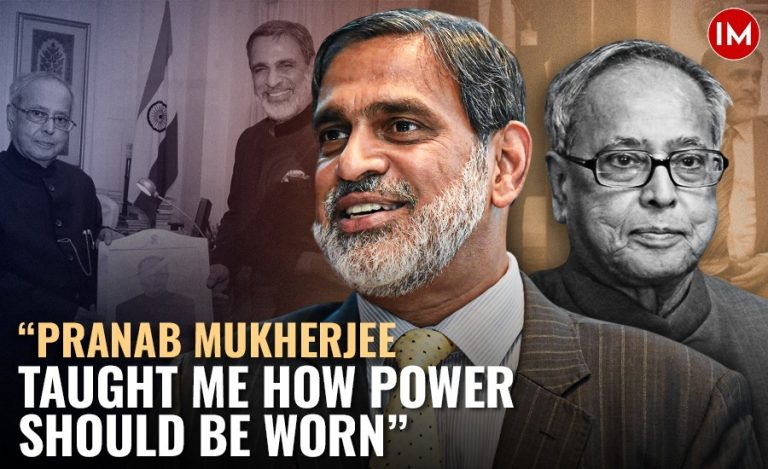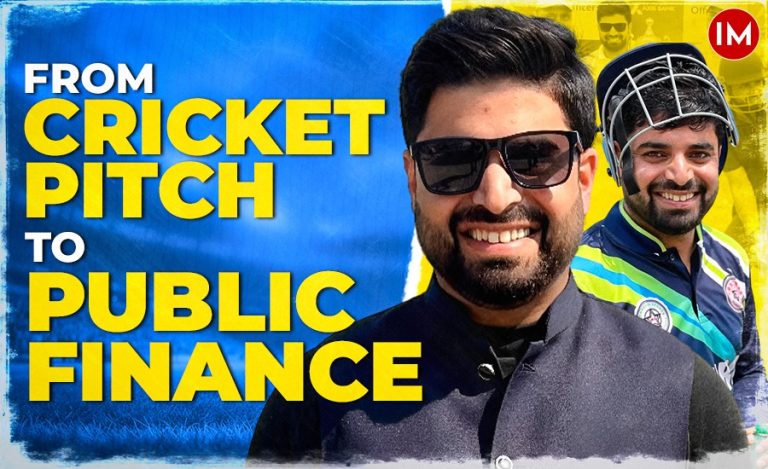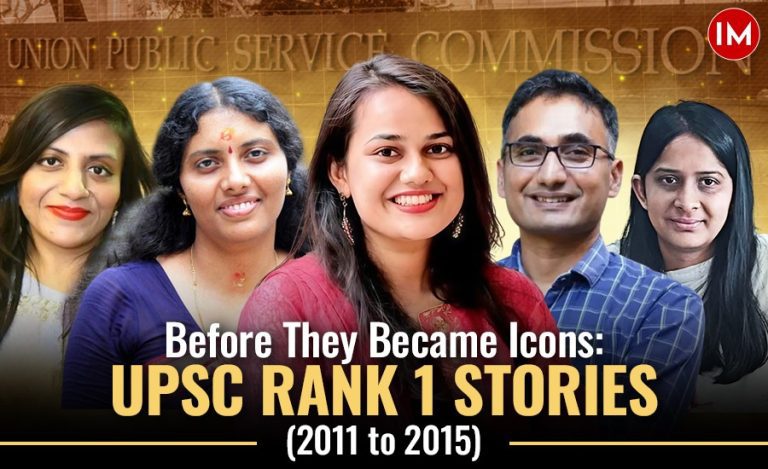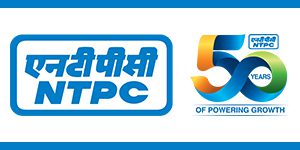Imagine transforming a spark of aspiration into a powerful force for public service. IAS officer Pushp Lata Yadav’s (2018 batch, Gujarat Cadre) story, beginning in the soil of Khushpura, Rewari, and culminating in her achievement as an IAS officer, is a compelling narrative of thoughtful planning and dedicated effort. Her journey to securing the 80th rank in the 2017 Civil Services Examination wasn’t a stroke of luck but the result of a well-defined path, marked by a clear understanding of her strengths and areas for growth and a willingness to adapt along the way.
This is the inspiring account of how a woman with roots in rural Haryana navigated challenges, embraced strategic learning, and ultimately realised her dream of serving the nation. She cleared UPSC CSE 2017 with AIR 80.
EDUCATION AND THE CALL FOR PURPOSE
Pushp Lata’s academic background, encompassing a BSc and MSc from Kurukshetra University and an MBA in Finance from AIMT, Greater Noida, provided her with a unique blend of analytical and management skills. Her subsequent experiences in the private sector and at the State Bank of Hyderabad offered valuable professional exposure. However, a yearning for more meaningful contribution led her to a significant turning point.
In 2015, she decided to pursue the UPSC examination, driven by a desire to make a larger impact, even with an initial limited understanding of the IAS. Supported by her husband, she embarked on a challenging journey, needing to bridge the gap between her current professional life and the demands of rigorous academic study. Balancing family responsibilities, including caring for her young son within a joint family setting, required careful organisation and focused effort.
STRATEGIC PREPARATION
Recognising the need for guidance, Pushp Lata initially explored coaching options in Delhi. However, the impracticality of long commutes from Manesar and the limitations of large classroom settings led her to seek alternative approaches. Enrolling in a weekend coaching batch provided an initial framework, introducing her to the syllabus and essential study materials. This helped her begin the crucial process of filtering the vast amount of available information.
As weekend classes proved insufficient, she transitioned to online preparation in 2015. Her first attempt at the preliminary examination, which didn’t yield success, served as a powerful learning experience. This setback spurred her to refine her strategy, emphasising quality over quantity in her study materials. For the 2016 mains, she utilised online question-answer platforms, gaining some familiarity with the format but recognising the lack of personalised feedback.
FOCUSED STUDY AND REVISION
Pushp Lata’s third attempt in 2017 marked a significant shift in her approach. She adopted a strategy centred on limiting her sources and maximising revisions. For the preliminary examination, she focused on in-depth study of core books, notably revising Laxmikanth’s book on Polity multiple times, each reading deepening her understanding. She highlighted the importance of selective study and consistent engagement with test series to identify and correct errors through repeated revision.
For the mains examination, her preparation became topic-specific. She concentrated on modern history using Spectrum, supplemented by old NCERT books for ancient and mediaeval history. She created concise self-made notes for art and culture from Nitin Singhania’s material and utilised notes for world history. Recognising time constraints, efficient note-taking for quick revision was a priority. While Geography was her optional subject, she focused on Polity through Laxmikant and daily newspaper readings for GS Paper II, integrating insights from monthly magazines into her notes.
Staying updated on current affairs daily was crucial. For GS Paper III, she selectively studied Yojana and Kurukshetra articles relevant to the syllabus, creating her own notes. Her finance background proved beneficial for economics, supplemented by standard texts and the Economic Survey and Budget. For environment and ecology, she primarily relied on Shankar IAS’s book, revising it thoroughly. Lexicon and the ARC report were her key resources for GS Paper IV. Having previously scored low in Geography Paper I, she dedicated significant effort to it, studying geomorphology, climatology, and oceanography from Savinder Singh and ecology and soil geography from Rupa Made Simple and PD Sharma. Notably, she focused more on human geography in her successful attempt, finding Majid Hussain’s books valuable despite requiring multiple readings. Solving previous years’ question papers for the last four to five years was an integral part of her preparation, providing insights into question patterns and the connection between static knowledge and current events.
THE FINAL STAGE
The mains marathon exercises helped refine her writing skills through peer feedback. For the interview stage, forming a discussion group, initially challenging logistically, eventually led to productive sessions with another candidate. Their daily discussions covered current affairs, backgrounds, optionals, and situational questions, enriching their understanding and potential responses. Sharing mock interview questions and discussing effective answering strategies proved particularly beneficial.
IAS officer Pushp Lata Yadav’s journey highlights the power of self-awareness, strategic resource management, consistent revision, and the importance of mentorship and peer learning. Her message to future aspirants underscores that dedicated effort and commitment are the cornerstones of success.
She encourages candidates to identify their weaknesses, adapt their strategies as needed, and approach the examination with focus, believing that sincere effort ultimately leads to achievement. Her story is a powerful reminder that with thoughtful planning and persistent work, aspiring individuals can transform their dreams into reality and move from their roots to impactful service.

